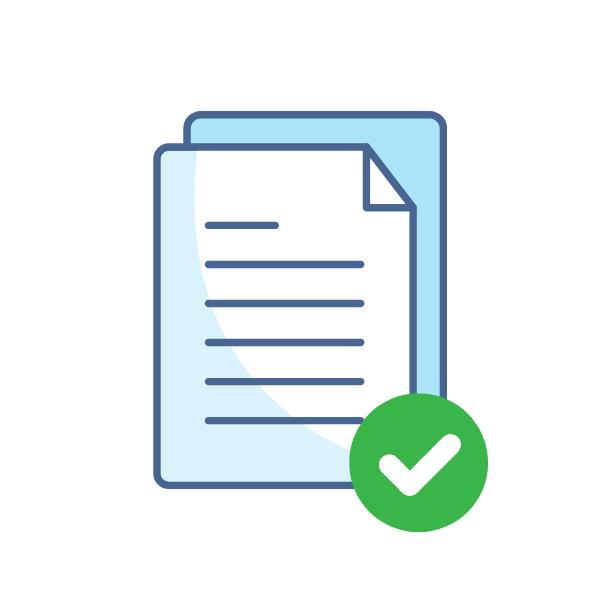
The EU ecolabel is a voluntary marking scheme used to signal that a product meet certain environmental standards. In order to use the EU Ecolabel, it is mandatory to comply with the requirements outlined under the EU Ecolabel Regulation.
That being said, the specific requirements differ depending on the product type, which is further explored in this guide.
In this guide, we explain what the EU Ecolabel is, what product groups it covers, and its various criteria. We also explain how you can apply for the EU Ecolabel.
Continue reading EU Ecolabel For Importers & Manufacturers: A Complete Guide


















 The Medical Devices Regulation sets requirements according to device class. More specifically, medical devices are defined as class I, IIa, IIb, or III. In turn, this determines certain requirements, and which conformity assessment procedure the manufacturer must follow.
The Medical Devices Regulation sets requirements according to device class. More specifically, medical devices are defined as class I, IIa, IIb, or III. In turn, this determines certain requirements, and which conformity assessment procedure the manufacturer must follow.

 Create compliance checklists for your product (US, EU & UK)
Create compliance checklists for your product (US, EU & UK) 20+ product certificate templates
20+ product certificate templates Create label files
Create label files Book product testing
Book product testing